How Cod We Let This Happen
Written by Wildlife & Welfare Researcher Aimee Du Luart
The state of our Oceans
The World Ocean is the largest ecosystem on our planet, covering over 70% of the Earth’s surface. The marine environment is essential to life on Earth, providing important benefits to humans such as storm protection, pollution control, carbon sequestration and climate regulation. They are also home to an extraordinary variety of species. Much of this life is important to sustain people’s livelihoods and ensure food security as millions depend on fish as a principal source of protein. The stakes are high when we consider how intrinsically linked the health of our oceans is to our environmental, social and economic wellbeing. However, marine ecosystems represent some of the most heavily exploited ecosystems in the world. According to the Marine Conservation Society:
90% of global fish stocks are fully or overexploited
and between 30-40% of UK fish stocks are overfished beyond sustainable limits. Looking after the oceans and the resources they provide is more important now than ever before…
There’s NOT plenty more fish in the sea
6 of the 10 most economically important fish stocks for the UK are overfished or their stock biomass is at a critical level: North Sea cod, North Sea herring, Southern North Sea crab, Eastern English Channel scallops, North East Atlantic blue whiting and North Sea whiting. Of particular concern is cod, an iconic species in the UK which has been significantly overfished. Cod is one of the larger fish that inhabit British waters, fulfilling an important role in the UK’s marine food chain. However, a WWF report titled ‘Risky Seafood Business’ (2022) claimed that 887,000 tonnes of seafood was consumed in 2019. This is equivalent to 5.2 billion portions of fish and chips! Fish and chips are so much part of the British seaside and culinary scene that it is often difficult to comprehend that cod is so severely overfished. Should we feel uneasy about popping to the local chippy?
The government haven’t battered an eyelid
Currently, all five UK cod stocks are fished above scientifically advised sustainable levels. The worst affected, the West Scotland cod population has already declined by 92% since 1981, inevitably a result of the UK government setting catch limits above scientific advice for 35 years. Pressure from the industry and the UK’s demand for seafood has led to catch limits which makes recovery impossible. Shockingly, 65% of all catch limits for all stocks of fish, decided by the UK and EU in 2022, were set above scientific advice, according to a report from the Centre for Environment Fisheries & Aquaculture Science. Ignoring catch limits recommended by scientists and allowing unsustainable fishing is causing stocks of some of the UK’s best-loved fish, such as cod, to rapidly decline.
WWF is urging the UK government to set meaningful and measurable targets for UK domestic seafood production to meet objectives and ensure fish stocks are healthy, ensure fishing does not exceed sustainable limits, and strengthen regulation to prevent illegal, unreported and unregulated fishing. Additionally, Blue Marine launched a Parliamentary petition earlier this year, #BringBackBritishCod – supported by many other environmental groups, urging the UK government to better manage near-collapsed cod populations around the British Isles and set catch limits to allow stock recovery. We must follow the best available science when setting catch limits, as failing to do so will cause the fishing industry, as well as coastal communities and marine life, suffering in the long run.
Can it be sustainable to eat fish?
While many decisions concerning sustainable fishing are out of our hands, as consumers we can make informed choices about the food that ends up on our plate. For some, cutting out fish altogether is the only way, but the best alternative is to be a conscious consumer: know exactly where your seafood came from, how it was caught and buy locally and seasonally wherever possible…
If you’re going to the local chippy, ask where they source their fish.
Before purchasing seafood from the supermarket, perhaps check out The Marine Conservation Society’s ‘Good Fish Guide’ on their website. This tool allows you to browse, search and explore seafood species which are rated by their sustainability score, using rigorously researched ratings.
When you’re at the supermarket, look out for internationally recognised labels and certifications that can give you a better idea of the most sustainable option, for example, the Marine Stewardship Council Blue Tick. To be MSC certified, fisheries have to go through an independent assessment, carried out by scientists, that ensures they meet the MSC standard for environmentally sustainable fishing. This allows consumers to play their part in maintaining and improving the health of the oceans.
However, we should also treat labels and certifications with caution. While it is easy to assume that an eco-label represents sustainable seafood, this is not always the case. Some certifications have been criticised for misleading consumers or “greenwashing.” Where possible, it’s best to combine a label with knowledge of where the food came from and how it was obtained. WWF cite that strengthening certification schemes for sustainable seafood are a “first step”, but not an end point for efforts to put the sector on a sustainable footing. Ultimately, science-based management and national laws are essential to push for improvements in all fisheries.
“Unhindered by regulation, driven by greed, the fishing industry is the greatest threat to our oceans. We must take action!”
— George Monbiot
Further reading
Sign the petition to #BringBackBritishCod: Sign Here
Read: Assessing the sustainability of fisheries catch limits negotiated by the UK for 2020 to 2022 (Centre for Environment Fisheries & Aquaculture Science)
Check the Marine Conservation Society’s Good Fish Guide before you buy your seafood to make the most sustainable choice
If you would like to learn more about Ocean Food Sourcing, please click below to view our Environmental Calendar:



